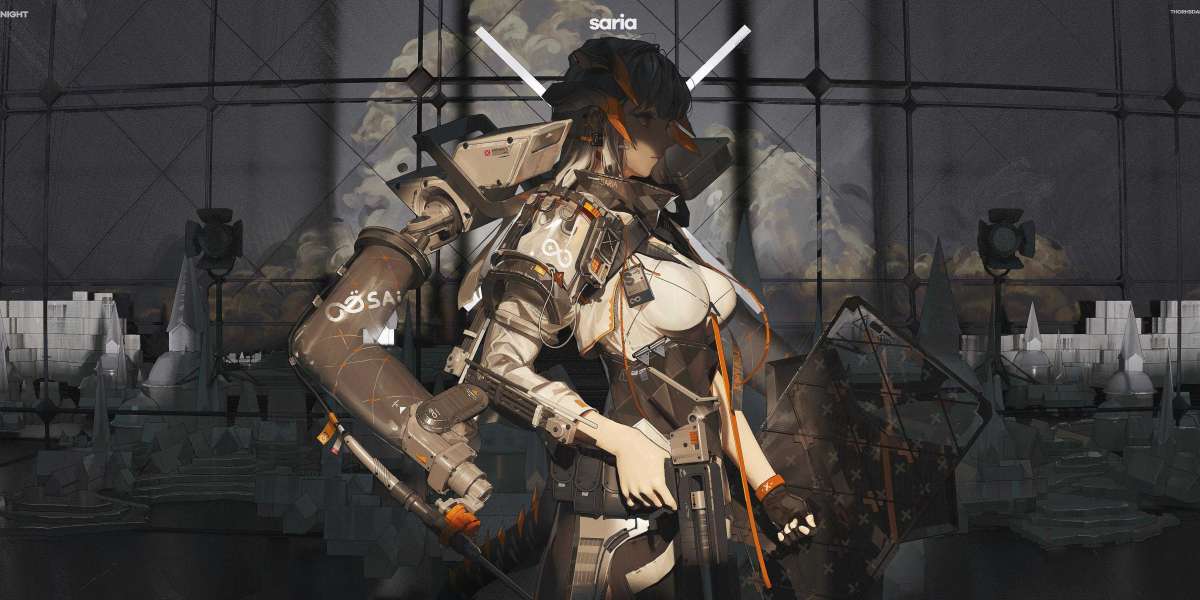Unveiling the Secrets of Hockey Jersey Stitching: What Every Fan Needs to Know!
Hockey jerseys are more than just clothing; they are a vital piece of fan culture that embodies loyalty and pride. For many fans, wearing an authentic hockey jersey is a way to showcase their support for their favorite team and players. However, the authenticity of a jersey is often determined by the quality of its stitching. Understanding the differences between authentic and replica jerseys can significantly enhance your experience as a fan. In this article, we will delve into the intricate world of hockey jersey stitching, exploring various techniques, quality indicators, and how to discern the real deal from imitations. Whether you’re a die-hard supporter or a casual fan, knowing what to look for in stitching can make all the difference in your jersey purchase.

Understanding Authentic Hockey Jersey Stitching
When we talk about an "authentic" hockey jersey, we refer to a product that is made to the same specifications as the ones worn by the players on the ice. This authenticity is not only a badge of honor for fans but also a testament to quality craftsmanship, particularly in the stitching. Authentic jerseys are distinguished by their superior materials, attention to detail, and, most importantly, the stitching techniques used in their creation. While replicas may superficially resemble authentic jerseys, they often fall short in the quality of stitching, which can lead to premature wear and fading. Authentic jerseys feature reinforced stitching that withstands the rigors of wear and tear, ensuring that they remain a cherished part of your wardrobe for years to come. Understanding these characteristics is crucial for fans who want to invest in a long-lasting piece of merchandise that truly represents their passion for the game.
Stitching Techniques Used in Authentic Jerseys
The stitching techniques employed in authentic hockey jerseys are integral to their durability and aesthetic appeal. Two of the most common methods are embroidery and tackle twill. Embroidery involves stitching the design directly onto the fabric, which creates a raised effect that adds depth and texture to the jersey. This technique is often used for logos and player names, ensuring that they stand out prominently. On the other hand, tackle twill is a method where individual pieces of fabric are cut and sewn onto the jersey, providing a layered look that enhances the visual impact. These techniques not only contribute to the jersey's overall appearance but also play a crucial role in its longevity. The method of stitching can significantly affect how the jersey holds up against washing and daily wear, making it essential for fans to recognize these techniques when selecting their jerseys. Personal experiences shared by friends who have invested in authentic jerseys often highlight how the stitching quality has kept their jerseys looking fresh, even after multiple seasons of use.
Embroidery vs. Tackle Twill
While both embroidery and tackle twill are prevalent in authentic jerseys, each technique offers a unique visual appeal. Embroidery tends to create a more textured and premium look, which is ideal for logos that require intricate detailing. In contrast, tackle twill provides a bolder, more vibrant appearance, making it perfect for player names and numbers. The choice between these two often comes down to personal preference, although many fans appreciate the combination of both techniques in a single jersey. For instance, I recall a friend's excitement when they received their new jersey that beautifully incorporated both embroidery for the logo and tackle twill for the name and number. The combination not only looked stunning but also felt robust and well-made, reinforcing their love for the sport.
Quality Indicators of Authentic Stitching
Identifying quality stitching in hockey jerseys is crucial for ensuring you invest in an authentic product. Key indicators to look for include the type of thread used, stitching density, and overall finish. Authentic jerseys typically utilize high-quality polyester or nylon threads that are resilient and can withstand frequent washing. The stitching density, or the number of stitches per inch, is also a significant factor; higher density usually indicates better craftsmanship and durability. Additionally, a well-finished jersey will have clean, even stitches with no loose threads or irregularities. Fans should take the time to inspect these details when purchasing jerseys, as they can mean the difference between a jersey that lasts for years and one that quickly deteriorates. Friends who are avid collectors often recommend examining these details closely to avoid the disappointment of a subpar jersey.
Differences Between Authentic and Replica Jerseys
The differences between authentic and replica jerseys extend beyond price; they are fundamentally rooted in the quality of stitching and materials used. While replicas may look similar at first glance, they often feature inferior stitching techniques, such as simpler screen printing instead of embroidery or tackle twill. This can lead to issues like peeling graphics or fraying threads after a few washes. Furthermore, the materials used in replicas are usually of lower quality, which can affect the jersey's fit and comfort. Fans should be cautious about purchasing replicas, especially if they are marketed as "authentic" without clear indications of their quality. Friends of mine have shared stories of buying replicas only to regret the decision when they noticed the discrepancies in stitching and overall feel compared to authentic jerseys. Being informed about these differences helps fans to make wiser purchasing decisions and ensures they are getting what they truly want.
Key Insights on Authentic Hockey Jerseys
Understanding the intricacies of authentic hockey jersey stitching is essential for any fan looking to invest in quality merchandise. From the various stitching techniques to the quality indicators that signify true authenticity, being informed can enhance your experience as a supporter of the sport. Recognizing the differences between authentic and replica jerseys will empower you to make better purchasing decisions and ultimately lead to a more satisfying jersey experience. As you wear your jersey with pride, remember that the details matter, and your investment will pay off in the long run. So, whether you’re cheering from the stands or watching from home, embrace your passion for hockey with a jersey that embodies the spirit of the game!



